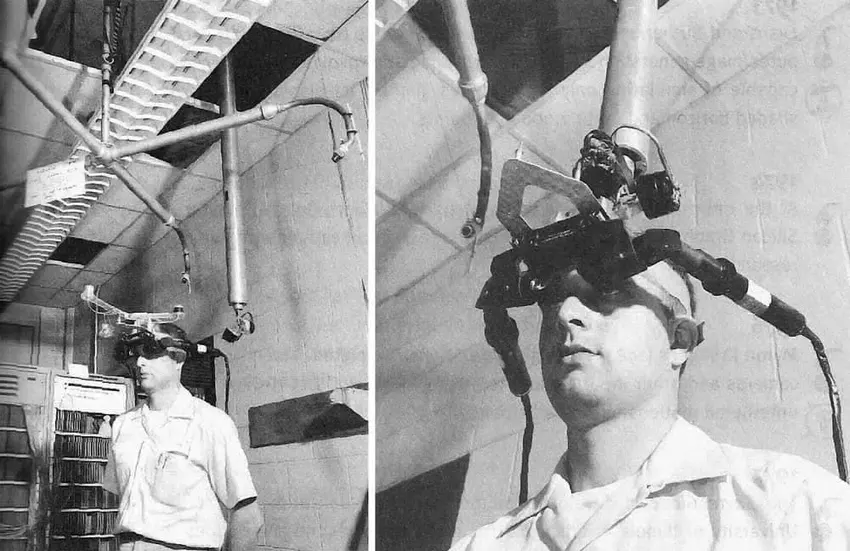Introduction to Virtual Reality Technology
Virtual Reality (VR) was first introduced in the 1950s as an experimental technology for aerospace and military simulations. The concept of VR was popularized by science fiction works, such as the novel “The Invisible Boy” by Mickael Baden Smith in 1957. The first head-mounted display (HMD) was created in 1968 by Ivan Sutherland, and was known as the “Sword of Damocles.” This early HMD was a prototype and was not commercially available.

In the 1980s and 1990s, VR became more accessible to the general public with the development of Virtual Reality arcade games and entertainment centers. However, VR technology was still relatively primitive and limited in scope.
The 2000s saw a resurgence of interest in VR, driven by advances in computer graphics, display technology, and affordable VR hardware. This led to the development of consumer-grade VR devices, such as the Oculus Rift and HTC Vive, which paved the way for the modern VR industry.
Uses of Virtual Reality Technology
Today, Virtual Reality technology has advanced significantly and is used in a variety of industries, including gaming, education, healthcare, and tourism. VR devices range from high-end headsets for immersive gaming experiences to handheld devices for mobile VR. The future of Virtual Reality technology is promising, with ongoing advancements in fields such as artificial intelligence, haptics, and eye-tracking likely to lead to even more realistic and engaging VR experiences.
Thank you for visiting Animaders! If you enjoyed this content, please consider liking and subscribing to our website for more amazing content. Your support helps us create even more great content and keep Animaders growing. Thanks again!


















